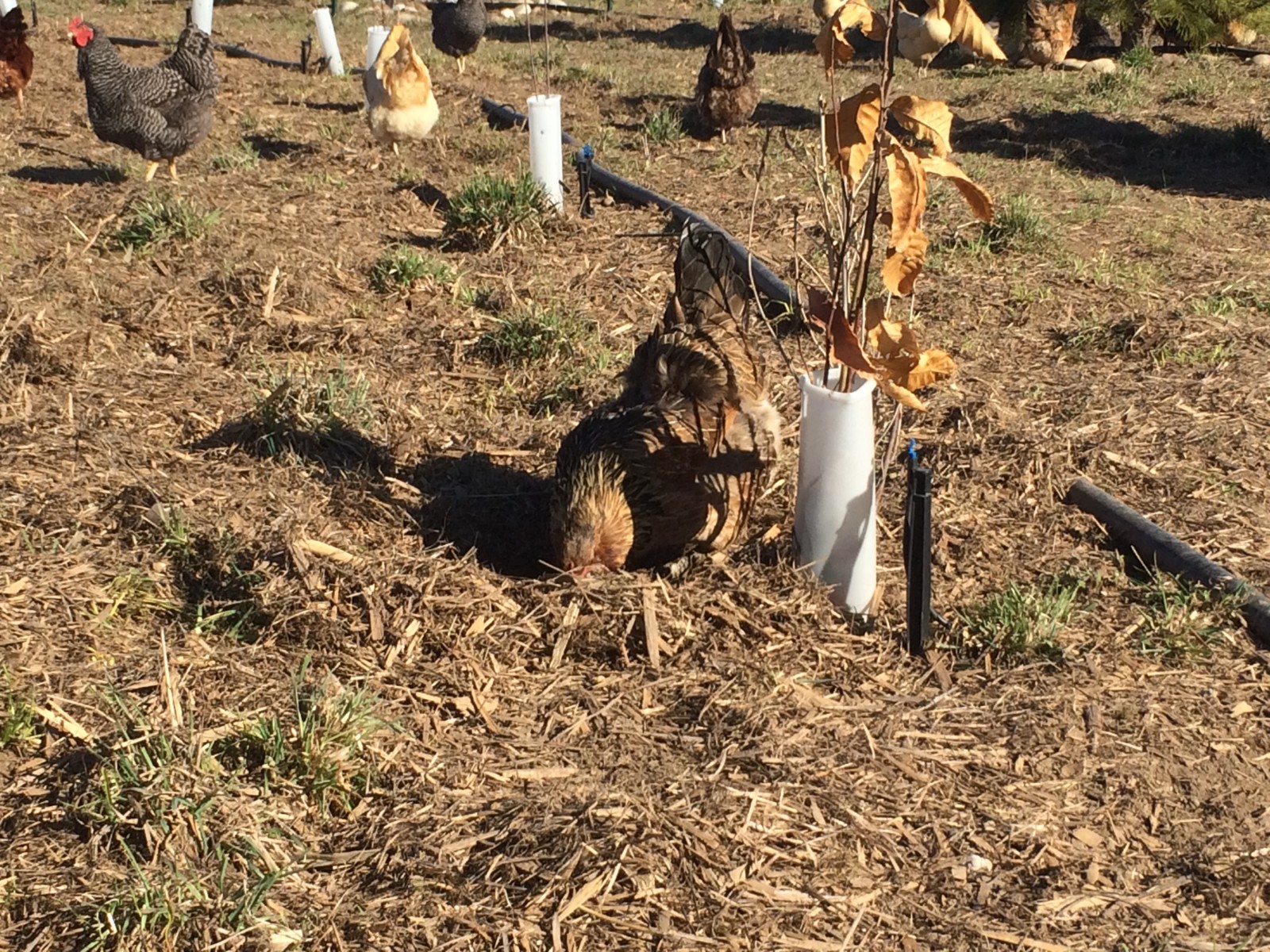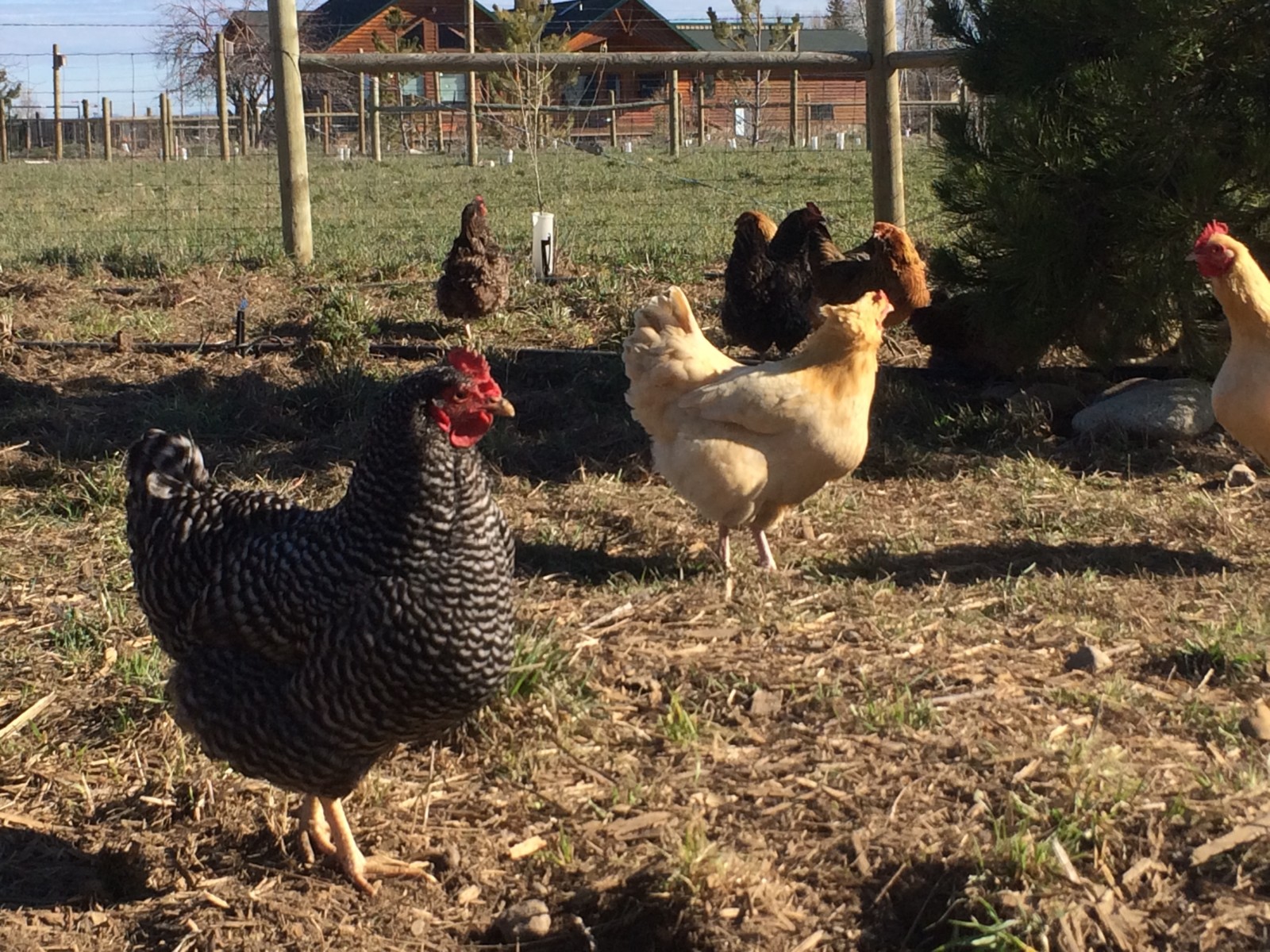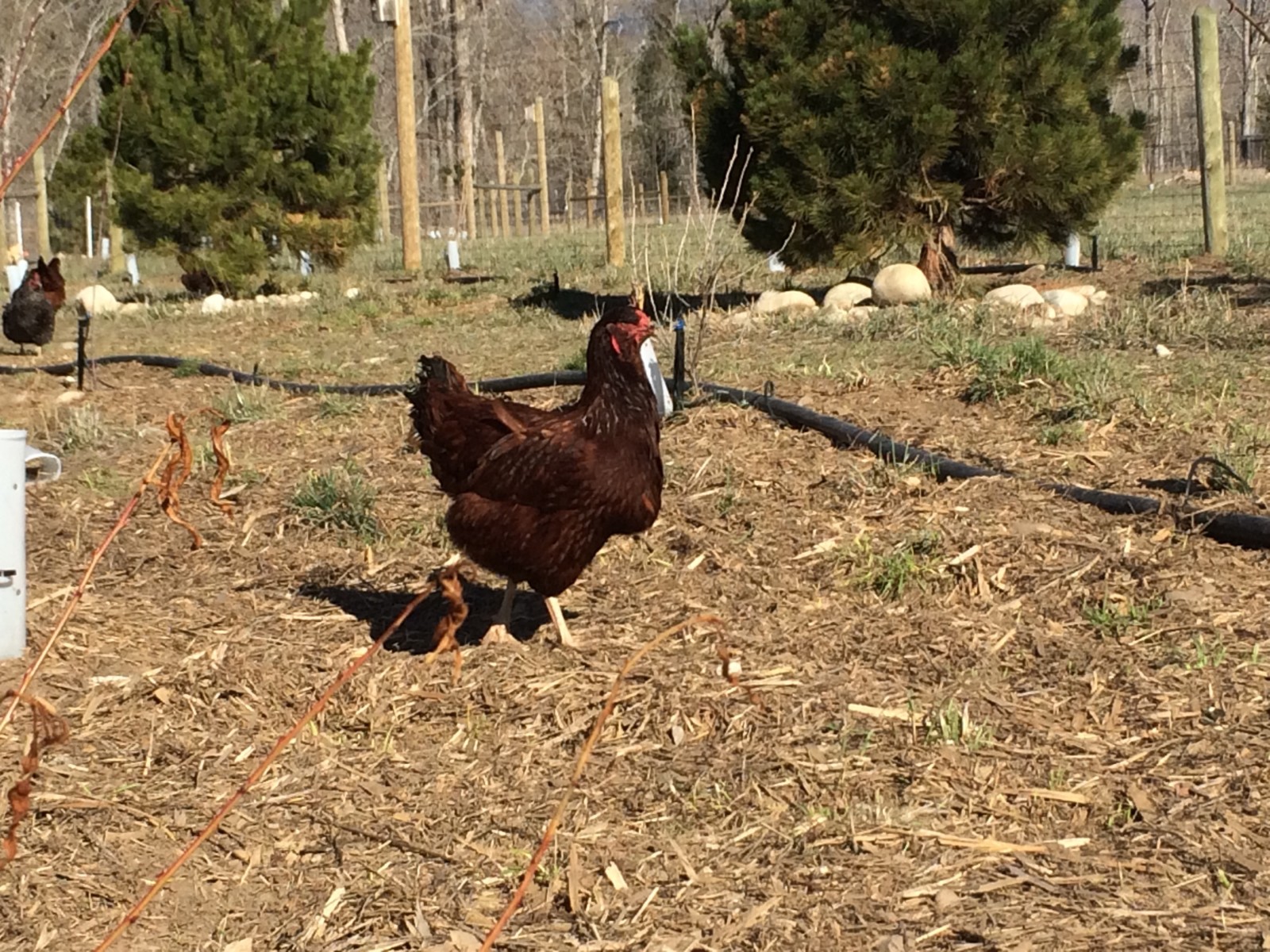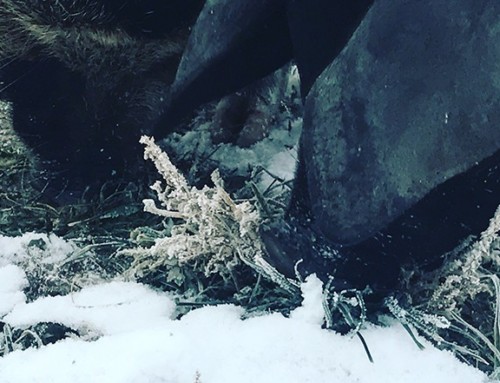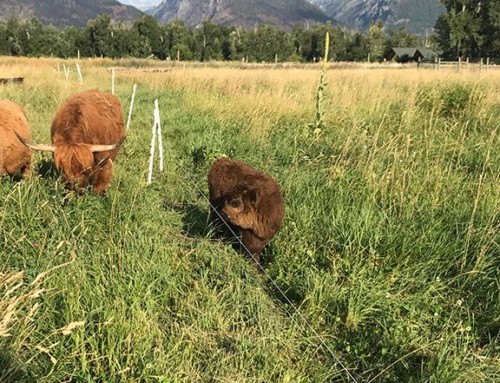Chickens and Trees: A Natural Connection
Conventional commercial egg production offers cramped cages for laying hens, with a steady diet of GMO grain, water, artificial light, and antibiotics to fight off the disease that is inevitable in these unnatural and polluted conditions. While large-scale organic egg producers are not feeding chemical-laden food, the housing conditions are typically not substantially better. Economies of scale under the current food system unfortunately perpetuate these “get big or get out” practices, with the environment, quality of life of the chickens, and human health all suffering for it. In contrast, at ABC acres, our eggs are produced from hens spending their days on field and in forest, leading to several benefits as a result.
For sake of comparison between our our permaculture managed flock of laying hens and factory-farmed ones, I will present it through the anthropological concept known as, “matter out of place.” To illustrate this concept Dr. Jonathan Welton, a Bible teacher and mentor of mine, once used the example of a booger. To paraphrase my teacher, “when a booger is inside a nose, nobody cares, but watch someone take that booger and move it a couple inches below its natural environment, and suddenly that matter is out of place!” The matter we are examining is the chicken. With a single glimpse into an industrial building producing eggs in a factory environment, one can immediately witness the chicken is woefully out of place, with all the corresponding downsides apparent to the senses. It may very well leave you with a pit in your stomach, similar to analogy of the booger.
The real tragedy is, unlike the booger, chickens serve so many great purposes and functions for us and the environment when in their proper place. Knowing where they belong, we look to where their ancestors originated from. The chicken comes from species of wild jungle fowl in Southeast Asia. It would stand to reason that when we put the matter of the chicken back in a place similar in function to the origins of their species, that they will not only live a better life, but they will also perform functions to the benefit of that environment as well.
The chickens in our food forest system live out their days scratching and pecking, and we scatter a little organic grain to concentrate their energetic forgaing behaviors where it benefits our trees; they peck on and rip at grasses, in turn reducing the competition for our trees and shrubs. They also lightly cultivate the surface of the soil, creating an opportunity for us to introduce a seed mix to the forest’s understory that will build soil, support the trees in their growth and production, and provide extra nutrient-dense foods for us and our livestock to get through the lean winter months.
Our chickens lead happy and healthy lives, unlike their caged cousins. When supporting local egg producers who are managing smaller flocks in an expression of their natural habitat, you not only strengthen your local economy, but also get healthier and nutrient-dense eggs from chickens living in their place, and that matters. When the matter of the laying hen is taken out of its place, then, it seems to me to be a real booger…let’s “pick” the right option!
Blessings,
Grant

